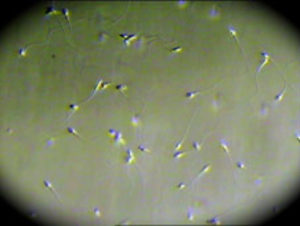More discussion of the benefits of vitamin D. From Science Daily:
Vitamin D deficiency, depression linked in international study
Vitamin D deficiency is not just harmful to physical health -- it also might impact mental health, according to a team of researchers that has found a link between seasonal affective disorder, or SAD, and a lack of sunlight. "Rather than being one of many factors, vitamin D could have a regulative role in the development of SAD," said Alan Stewart of the University of Georgia College of Education.
Stewart and Michael Kimlin from QUT's School of Public Health and Social Work conducted a review of more than 100 leading articles and found a relationship between vitamin D and seasonal depression."Seasonal affective disorder is believed to affect up to 10 percent of the population, depending upon geographical location, and is a type of depression related to changes in season," said Stewart, an associate professor in the department of counseling and human development services.
"We believe there are several reasons for this, including that vitamin D levels fluctuate in the body seasonally, in direct relation to seasonally available sunlight," he said. "For example, studies show there is a lag of about eight weeks between the peak in intensity of ultraviolet radiation and the onset of SAD, and this correlates with the time it takes for UV radiation to be processed by the body into vitamin D.
Vitamin D is also involved in the synthesis of serotonin and dopamine within the brain, both chemicals linked to depression, according to the researchers. "Evidence exists that low levels of dopamine and serotonin are linked to depression, therefore it is logical that there may be a relationship between low levels of vitamin D and depressive symptoms," said Kimlin, a Cancer Council Queensland Professor of Cancer Prevention Reseach. "Studies have also found depressed patients commonly had lower levels of vitamin D."
Vitamin D levels varied according to the pigmentation of the skin. People with dark skin often record lower levels of vitamin D, according to the researchers.
Kimlin, who heads QUT's National Health and Medical Research Council Centre for Research Excellence in Sun and Health, said adequate levels of vitamin D were essential in maintaining bone health, with deficiency causing osteomalacia in adults and rickets in children. Vitamin D levels of more than 50 nanomoles per liter are recommended by the U.S. Institute of Medicine...."A few minutes of sunlight exposure each day should be enough for most people to maintain an adequate vitamin D status."

 Sperm under microscope. Credit: Fertility Associates Ltd. NZ
Sperm under microscope. Credit: Fertility Associates Ltd. NZ Bottom line: Try to avoid artificial sweeteners!
Bottom line: Try to avoid artificial sweeteners! Are probiotic bacteria the reason?
Are probiotic bacteria the reason?